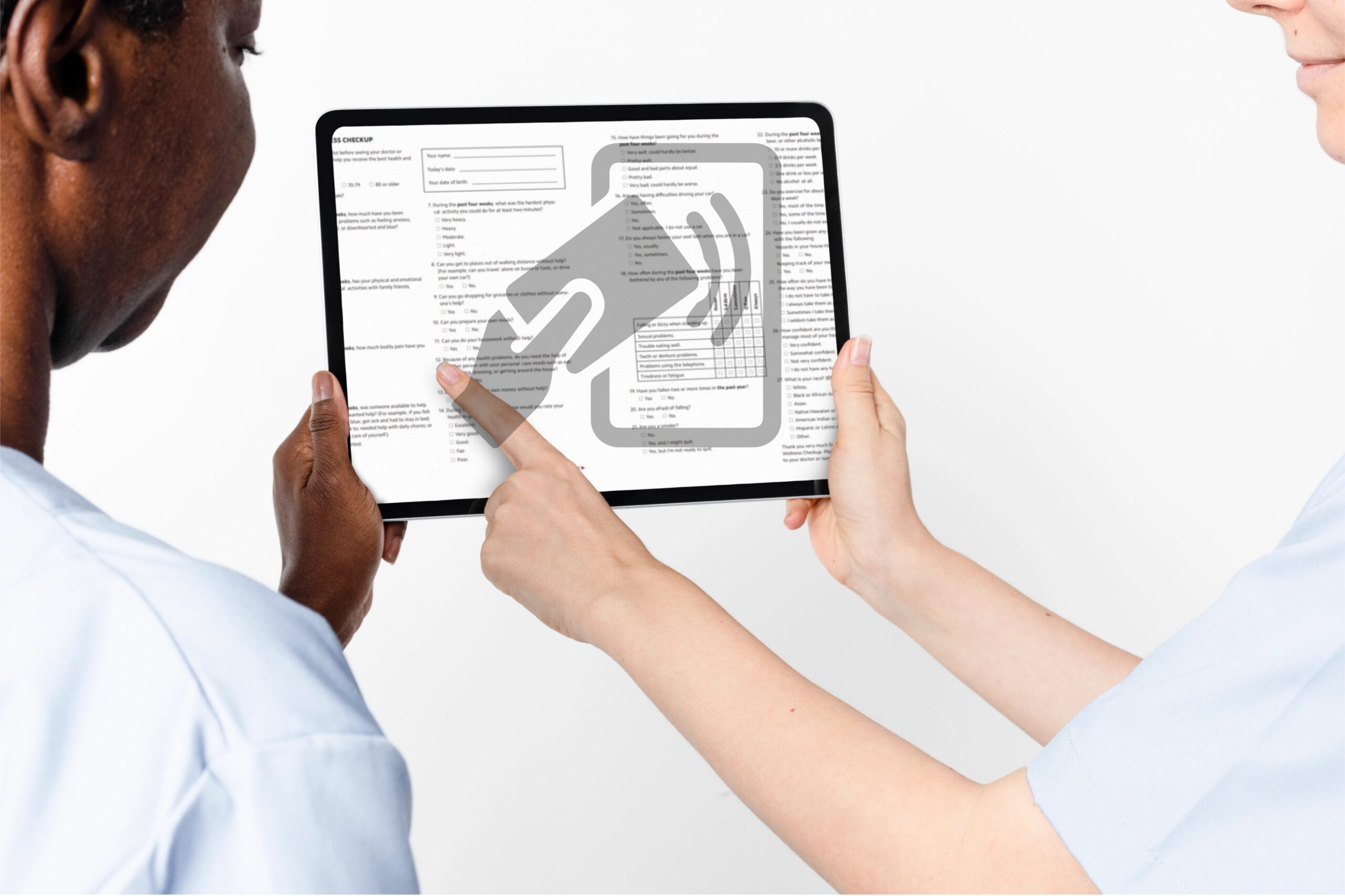Why It Matters Now
As we move into 2026, the patient financial experience has become a defining issue for healthcare organizations. Patients expect the same convenience they find in retail — digital payments, real-time options, mobile wallets, and “buy now, pay later” plans.
But as patient responsibility and provider bad debt rise, revenue pressure grows. Many providers are even turning to third-party financing to manage cash flow. When patients become the payer, every charge must be accurate, timely, and defendable — or the risk of complaints, disputes, and write-offs increases.
The New Connection: Documentation, Coding, and the Patient Experience
Accurate documentation and coding don’t just affect payer reimbursement anymore — they directly shape the patient billing experience. Errors or incomplete documentation can lead to incorrect statements, confused patients, and costly rework.
In a consumer-driven model, documentation accuracy equals financial transparency. Patients who understand their bills are more likely to pay — and to trust their provider.
Key Strategies for Providers
1. Get It Right at Registration
Front-end accuracy sets the tone. Confirm insurance details, verify eligibility, and provide reliable estimates. Documentation teams can support by ensuring visit details and diagnoses are captured promptly.
2. Connect Documentation, Coding, and Billing Teams
Break down silos. When coders and billing staff share information in real time, patient statements reflect true responsibility — reducing corrections and patient frustration.
3. Use Technology Wisely
Automation tools for eligibility, cost estimates, and digital payments can improve accuracy and efficiency. But they must integrate with coding and charge capture processes to avoid mismatched data.
4. Protect Against Risk
Small documentation lapses can quickly become big problems when patients see detailed bills. Regular reviews — internal or through an external partner — can help identify and prevent issues early.
5. Treat the Financial Experience as a Quality Metric
Transparent, accurate, and respectful financial communication builds loyalty and reduces revenue loss. Patients who feel informed are less likely to delay or dispute payments.
Quick Wins to Try Now
- Map the full patient financial journey from registration through payment.
- Identify where documentation or coding delays create billing confusion.
- Automate estimate tools and embed coding accuracy checks before billing.
- Train staff on how documentation impacts the patient’s financial view.
Even small process improvements can strengthen both cash flow and patient trust.
How BCA, Inc. Can Help
At BCA, Inc., we help providers go beyond coding audits — aligning documentation, coding, and billing workflows to strengthen revenue integrity and improve the patient financial experience.
In 2026, this isn’t just a billing initiative — it’s a strategy for protecting revenue and reputation in a consumer-driven healthcare landscape.

